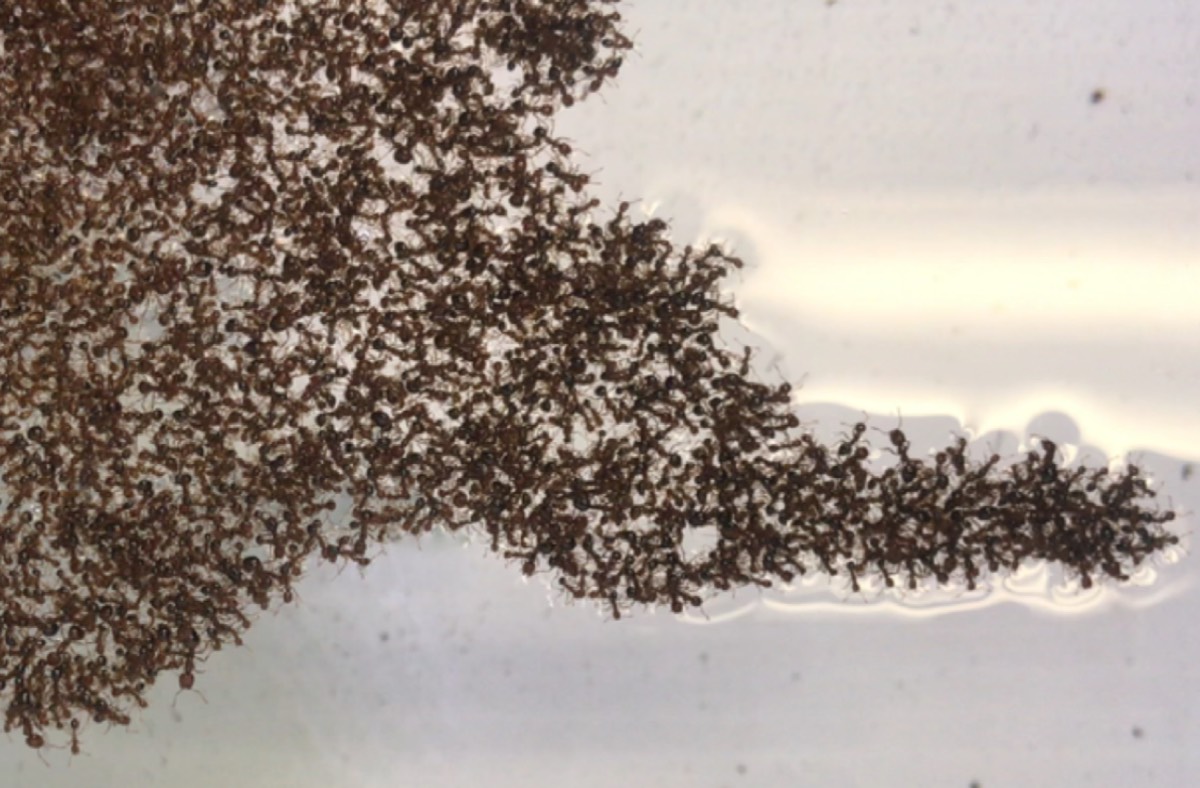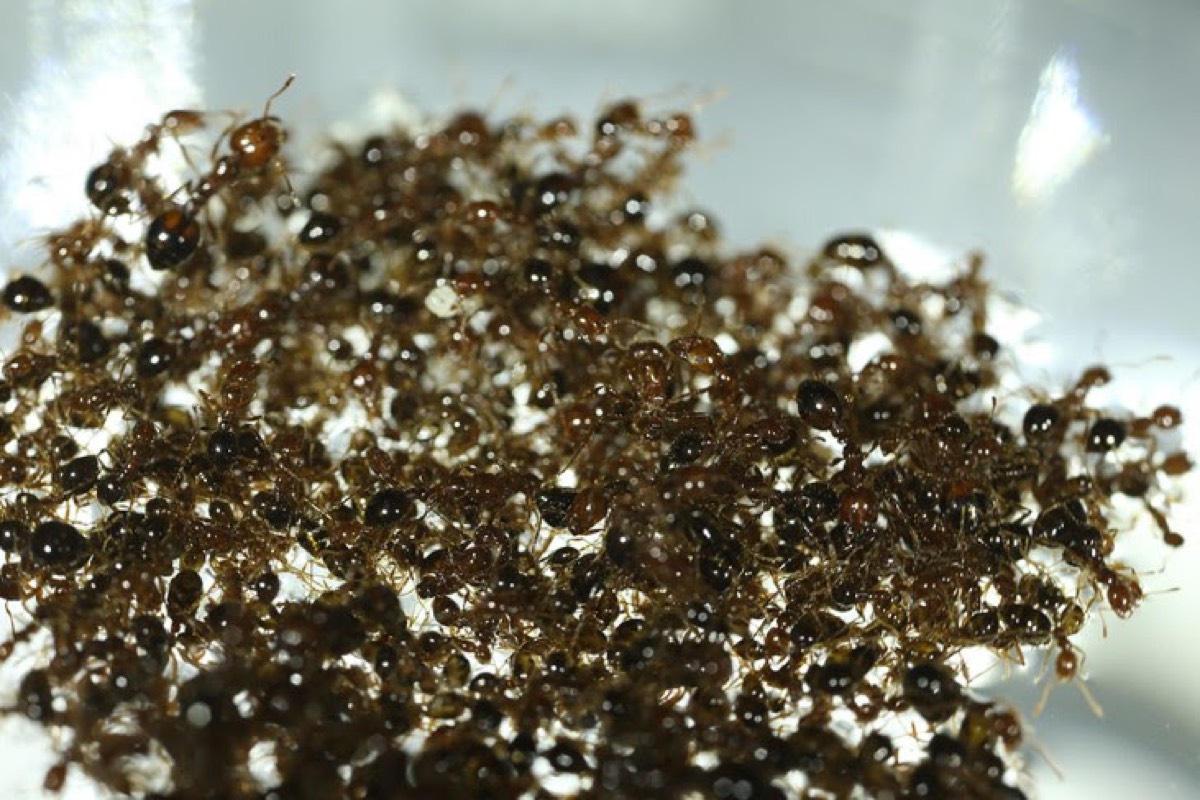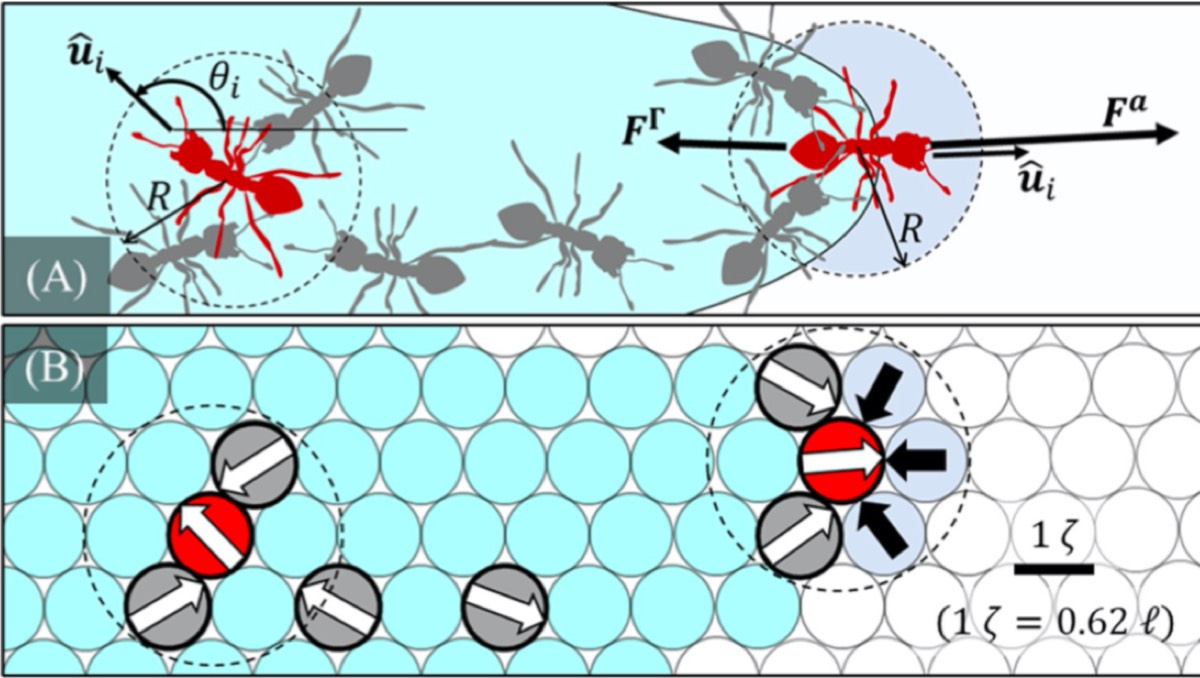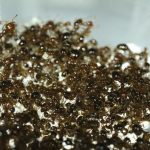Fire ants are a textbook example of collective behavior, capable of behaving as individuals and also banding together to form floating rafts in response to flooding. Now, a pair of mechanical engineers from the University of Colorado Boulder has identified some simple rules that seem to govern how floating rafts of fire ants contract and expand their shape over time, according to a new paper published in the journal PLOS Computational Biology. The hope is that, by gaining a better understanding of the simple rules underlying fire ant behavior, the engineers can develop better algorithms controlling how swarms of robots interact.
Fire ant rafts are not a matter of brain power or careful planning. "This behavior could, essentially, occur spontaneously," said co-author Robert Wagner. "There doesn't necessarily need to be any central decision-making by the ants."
Indeed, "single ants are not as smart as one may think, but, collectively, they become very intelligent and resilient communities," said co-author Franck Vernerey.
As we've reported previously, a few ants spaced well apart behave like individual ants. But pack enough of them closely together, and they behave more like a single unit, exhibiting both solid and liquid properties. They can form rafts or towers, and you can even pour them from a teapot like a fluid. Fire ants also excel at regulating their own traffic flow.
Any single ant has a certain amount of hydrophobia, i.e., the ability to repel water. This property is intensified when they link together, weaving their bodies much like a waterproof fabric. The ants gather up any eggs, make their way to the surface via their tunnels in the nest, and as the flood waters rise, they chomp down on each other's bodies with their mandibles and claws until a flat raft-like structure forms. Each ant behaves like an individual molecule in a material—say, grains of sand in a sand pile.
The ants can accomplish this in less than 100 seconds. Plus, the ant raft is "self-healing": it's robust enough that if it loses an ant here and there, the overall structure can stay stable and intact, even for months at a time. In short, the ant raft is a superorganism.





 Loading comments...
Loading comments...
